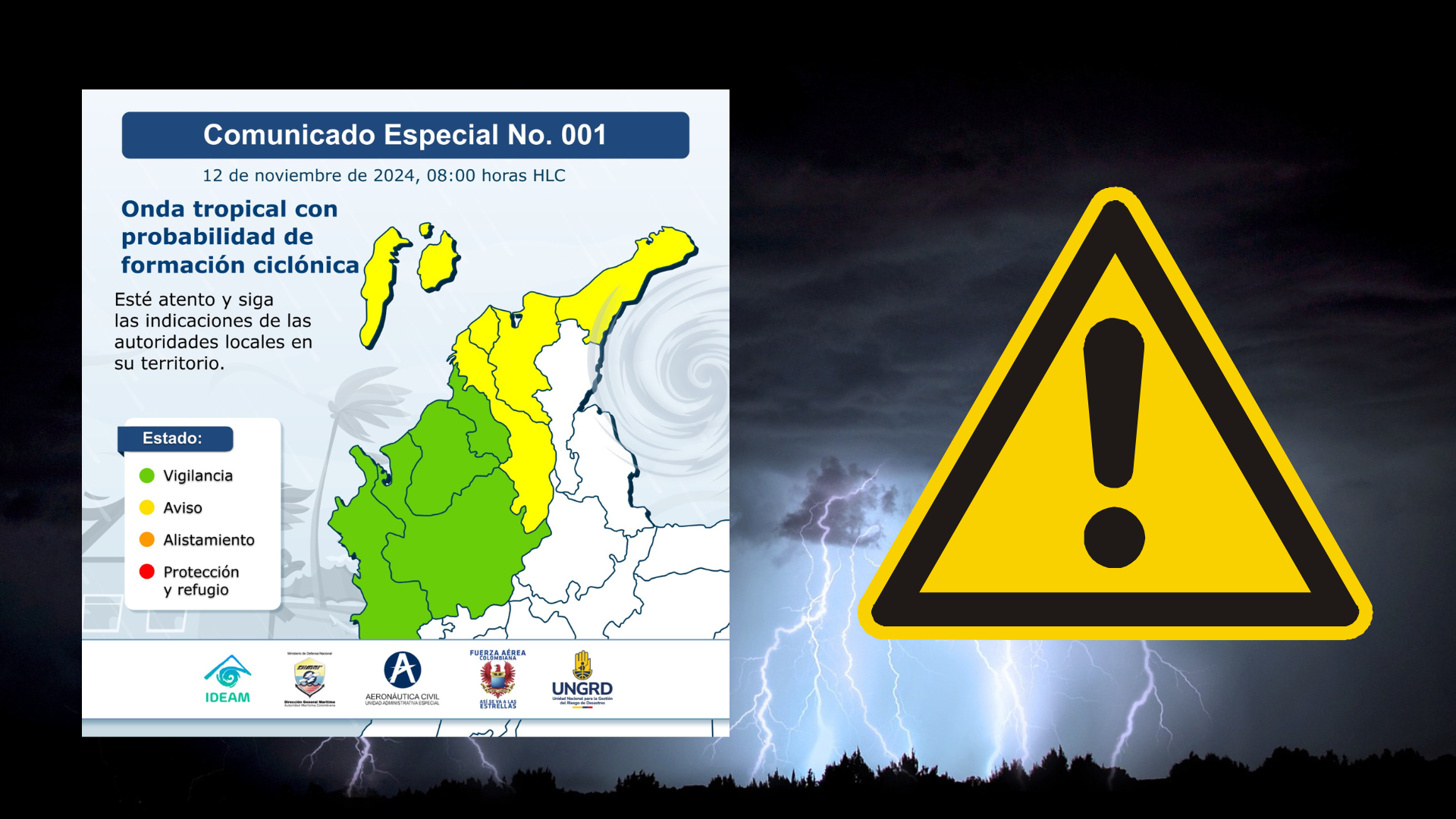The Amazon reveals secrets: ancient rock art rediscovered by archaeologists (Getty images).
In the deep heart of Colombian Amazonwhere the whisper of the wind in the trees seems like an ancient language and the shadows of wild animals are intertwined with legends, lies the enigmatic outcrop of the Serrania de la Lindosa. Throughout its 19 kilometers of extension, among the mosses and humidity, an ancient canvas of rock art that has resisted more than 11,000 years of history.
For centuries, these geometric figures and patterns have been a mystery. Only a few had access to La Lindosa, isolated both by the dense jungle and by the political conflicts that have darkened the region. Now, in a recent research project published by Newsweek and directed by Jamie Hampsonarchaeologist of the University of Exeterand with the collaboration of indigenous elders and ritual specialists, found new meaning.
The team’s conclusions, published in the journal Advances in Rock Art Studiessuggested that this rock art does not solely represent scenes of daily life or the physical environment, as has been thought in other prehistoric cultures. According to Hampson, the works are not a literal reflection of nature, but rather manifestations of a animistic cosmology in which spiritual and ancestral forces are connected to the sacred landscape.
Indigenous interpretations transform our understanding of rock art, integrating science with the sacred (National University credit).
For archaeologists, involving local communities was a crucial step in deciphering the meaning of the thousands of motifs in the Serranía de la Lindosa. Ten indigenous elders and ritual specialists accompanied researchers to six panels of rock art at the outcrop of Blue Hillwhere they shared their knowledge about the symbolism and spiritual importance of images.
During these visits, the elders not only observed the paintings; They interpreted each figure as an essential piece of a set of sacred knowledge. One of these guides, Uldericocommunity shaman Blindsexplained to archaeologists that the figures in rock art could not be understood from a purely visual perspective, but rather had to be “read” as a shamanic guide to understanding their spiritual environment. “I tell you that each of these figures contributed shamanic knowledge for our own management of the territory where we are”he stated in dialogue with Newsweek. According to Ulderico, the images act as a “shamanic wardrobe” that contains sacred teachings for those who practice shamanism, offering instructions to guide rituals and coexistence in the territory.
Victor Caycedocommunity elder villagealso offered his interpretation. Standing in front of the paintings located on a high rock wall, he pointed out to archaeologists the physical difficulty of accessing that area and how ancient painters accomplished the feat without modern tools. “How would you paint up there? How would you do it? They didn’t do it with a ladder… they didn’t do it with large devices that were placed there… Why? Because the natives of ancient times lived spiritually… They were a spirit”said Caycedo.
Indigenous collaboration was essential to unravel hidden meanings (AP Photo/Jorge Saenz).
For their community, these images were created through a spiritual communion that overflowed the material limitations of the time, suggesting that the original artists worked in a mystical state that allowed them to connect with higher planes.
Among the representations that most intrigued the indigenous people, figures in which human and animal features are combined stand out. These images, which may show human bodies with animal heads or hybrid figures, have a clear interpretation for the descendants of these artists: they represent spiritual beings who mediate between the world of humans and spirits.
They explained that Animals such as the jaguar, anaconda, bat and heron are symbols of power and shamanic knowledge, each contributing a particular quality to the rituals and wisdom of the community. In the words of one of the elders: “Jaguars represent shamanic knowledge, the power to move between spiritual realms.”
The incorporation of indigenous testimonies in the research marks a milestone in the study of rock art in the Amazon. As archaeologist Jamie Hampson explained, this is the first time that elders’ opinions on the art of their ancestors have been fully integrated into a scientific project. “This way, we don’t just look at art from an outsider’s perspective and make assumptions; We know why specific motifs were painted and what they mean. It allows us to understand that it is a sacred and ritualistic art, created within the framework of an animist cosmology, in sacred places in the landscape,” Hampson commented to Newsweekwho has worked on similar studies around the world.


